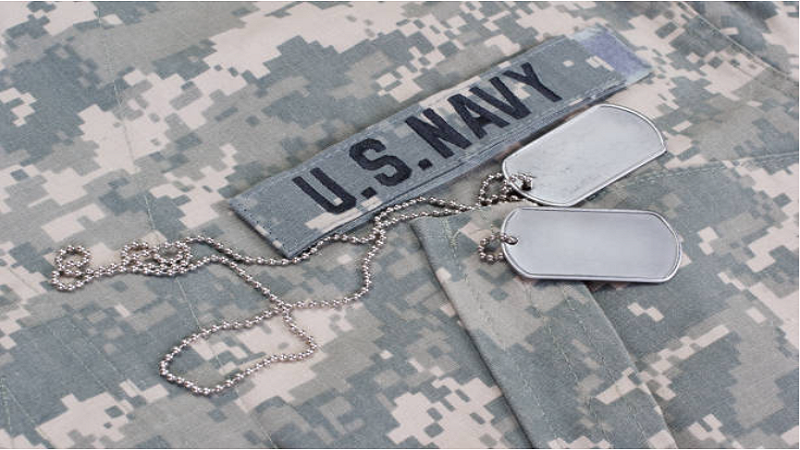The US Navy is crucial in maintaining global maritime security, a mission involving complex strategies, advanced technology, and coordinated efforts across various ranks. Understanding how this massive organization ensures safety and stability on the world’s oceans requires an exploration of the roles played by its officers. Here’s a look at how each US Navy Officer Ranks contributes to the Navy’s mission of securing the seas.
Strategic Oversight: The Role of the Admiral
At the helm of the Navy’s global maritime security efforts is the Admira-among the powerful US Navy Officer Ranks, whose role is pivotal in shaping the strategic direction of naval operations. Admirals are responsible for crafting and implementing overarching policies that guide the Navy’s engagement on the world stage. They work closely with national leaders and international partners to address potential threats and manage complex maritime issues.
For example, an Admiral might orchestrate a large-scale naval exercise to demonstrate power projection and reassure allies of the Navy’s commitment to collective security. Their strategic decisions ensure that the Navy remains a formidable force capable of responding to a wide range of global challenges, from territorial disputes to piracy.
Operational Command: The Vice Admiral’s Contribution
Directly beneath the Admiral, the Vice Admiral plays a crucial role in translating strategic directives into actionable plans. Vice Admirals often command major fleets or significant naval commands, overseeing large-scale operations and deployments. Their responsibilities include positioning naval assets effectively to deter potential threats and maintain a robust presence in strategic regions.
A Vice Admiral’s leadership might be evident in the deployment of a carrier strike group to a region experiencing rising tensions. By ensuring that naval forces are strategically stationed, Vice Admirals contribute to the Navy’s ability to project power and maintain stability across key maritime domains.
Tactical Execution: The Impact of Rear Admirals
Within the hierarchy, Rear Admirals—both upper and lower—play vital roles in managing operational units and task forces. Upper Rear Admirals typically oversee large operational areas or crucial naval bases, while lower Rear Admirals manage specific missions or regional responsibilities.
Their expertise is essential in executing detailed operations such as counter-piracy missions or humanitarian aid. For instance, a Rear Admiral might be responsible for coordinating international anti-piracy efforts in the Gulf of Aden, ensuring that collaborative operations are effective and that maritime traffic remains secure.
Unit Command: The Captain’s Responsibility
At a more focused level, the Captain commands individual ships or submarines, making them central to the Navy’s operational effectiveness. Each Captain ensures that their vessel is fully prepared for various missions, whether it’s conducting patrols, engaging in combat operations, or participating in joint exercises with allied forces.
A Captain’s responsibilities include maintaining the ship’s readiness, managing the crew, and executing orders from higher command. Their leadership on the deck ensures that the Navy’s vessels operate efficiently, contributing directly to maritime security by enforcing international laws and responding to immediate threats.
Tactical Leadership: The Commander’s Role
Commanders serve at a tactical level, often leading smaller ships or specialized units within larger vessels. They are responsible for the day-to-day operations of their commands, including overseeing tactical maneuvers and addressing immediate challenges that arise during missions.
For example, a Commander might lead a frigate in an anti-submarine warfare mission, requiring both strategic planning and real-time decision-making. The effective management of these tactical elements ensures that the Navy’s operations are carried out smoothly and that any potential threats are swiftly addressed.
Specialized Operations: The Contributions of Lieutenant Commanders and Lieutenants
At the operational level, Lieutenant Commanders and Lieutenants play crucial roles in managing specialized teams and divisions. Their responsibilities range from overseeing engineering departments to leading tactical groups within ships and submarines.
Lieutenant Commanders might be tasked with leading a damage control team during an emergency or managing a specific combat system on a destroyer. Meanwhile, Lieutenants often handle day-to-day operational tasks, ensuring that their units function efficiently and effectively. Their attention to detail and hands-on leadership significantly maintain the Navy’s overall readiness and operational success.
Conclusion
The US Navy’s ability to maintain global maritime security is a testament to the coordinated efforts of its officers across various US Navy Officer Ranks. From the strategic oversight provided by Admirals to the tactical execution led by Commanders and Lieutenants, each officer plays a vital role in ensuring the Navy’s effectiveness on the world’s oceans. Through their collective efforts, the US Navy not only upholds maritime stability but also adapts to the evolving demands of global security.



